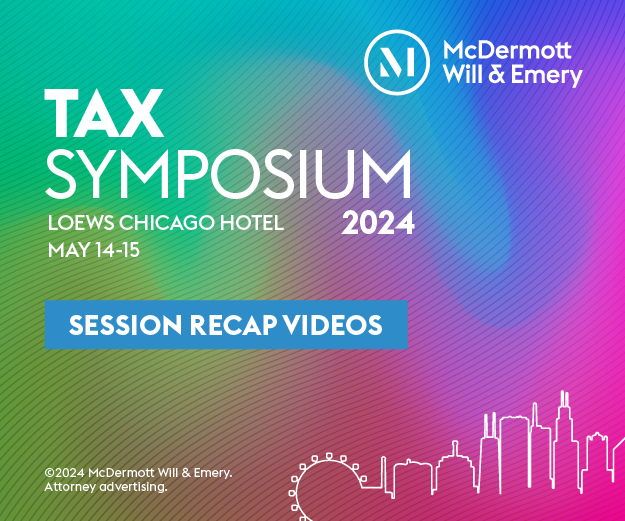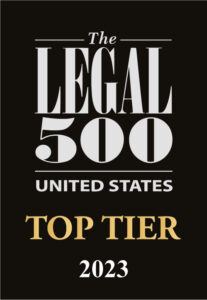On January 12, 2022, the National Taxpayer Advocate released a report to US Congress concerning the state of tax administration in 2021. The report highlights the struggles the Internal Revenue Service (IRS) has been having in the wake of the COVID-19 pandemic, including how the IRS is substantially behind in processing returns, the breakdown of the IRS call center, delays in processing responses to IRS notices sent to taxpayers and a myriad of other issues. (There is indeed a backlog for processing millions of tax returns!)
The Taxpayer Advocate Service (TAS) can be a helpful and powerful tool for taxpayers looking to resolve their tax issues with the IRS. We have provided information on this resource in earlier submissions. (See Taxpayer Advocate Service: Not Just for Low-Income Taxpayers.)
Practice Point: For those who are having difficulties interacting with the IRS and unable to achieve reasonable or satisfactory responses or explanations, seeking assistance from TAS can go a long way in resolving tax issues. The process is free to taxpayers and starts with the filing of Form 911 with the appropriate TAS office. If you seek assistance in the near future, be mindful that TAS is currently flooded with requests for help but will work your case—if it meets the relevant criteria—as soon as possible. A dose of patience will be needed to work through this resource to obtain a successful resolution of your tax issue.
read more

 Subscribe
Subscribe




